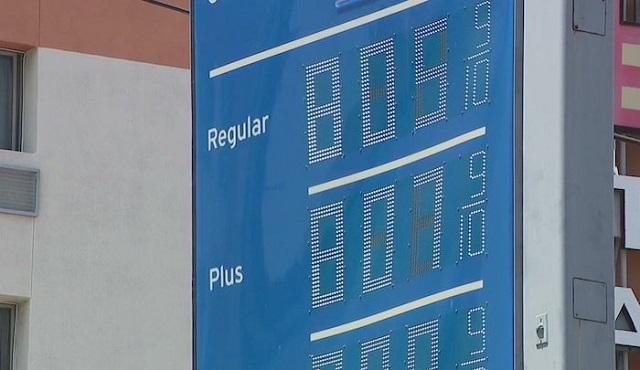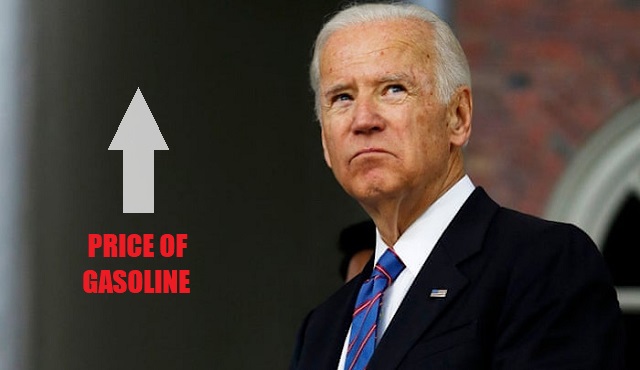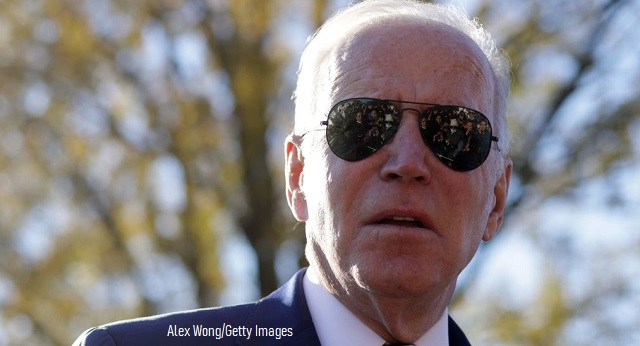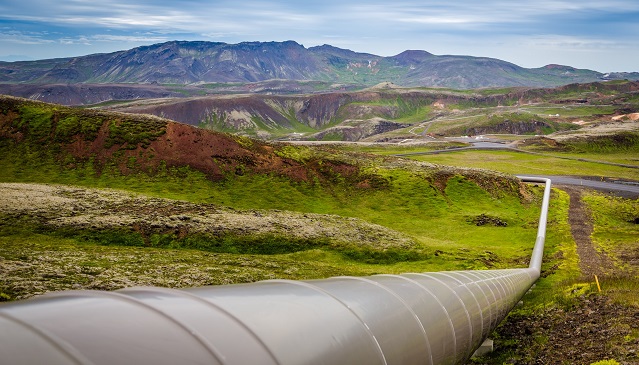‘Climate Virtue Signaling’: Another Blue State Commits To Banning New Gas-Powered Car Sales By 2035
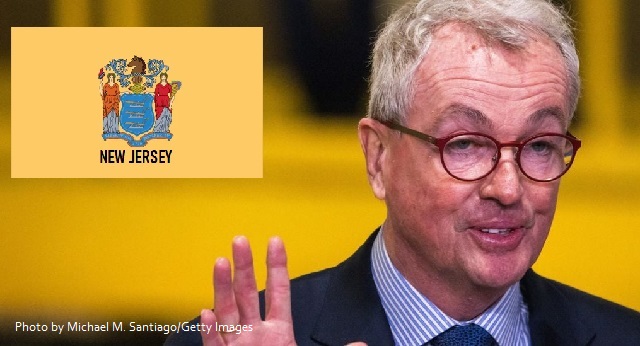
New Jersey will prohibit the sale of new gas-powered vehicles by 2035 in order to fight climate change, state officials announced Tuesday.
Democratic New Jersey Gov. Phil Murphy and Shawn LaTourette, the commissioner of the state’s Department of Environmental Protection announced Tuesday that Murphy would file the “Advanced Clean Cars Rule II” for adoption on Dec. 18, with the policy coming into effect on Jan.1, 2024. The policy will bind the state to completely phasing out the sale of new gas-powered vehicles by 2035, with incremental benchmarks for increasing the minimum share of manufacturers’ new fleets that are zero emission vehicle requirements along the way.
“Here we see yet another Democrat elected official pandering for votes by interceding in the markets in a way that will create perverse incentives for automakers and inevitably higher costs for consumers,” David Blackmon, a 40-year veteran of the oil and gas industry who now writes and consults on the energy sector, told the Daily Caller News Foundation about the policy. “This is just one more example of why politicians are literally the very worst class of people in our society to be making energy-related decisions for the rest of us. Everything they do in this space only serves to make our situation worse.”
Tucker Carlson asks New Jersey Gov. Phil Murphy where he got the authority to nullify the Bill of rights when he banned religious services in his state:
"I wasn't thinking of the Bill of Rights when we did this… The science says people have to stay away from each other." pic.twitter.com/DPQ5d2DFl2
— Daily Caller (@DailyCaller) April 16, 2020
New Jersey joins a growing list of states that have adopted 2035 bans on the sale of new gas-powered cars. Other states with similar or identical policies include California, Vermont, New York, Washington, Oregon, Massachusetts, Virginia, Rhode Island, Maryland and Connecticut, according to Coultra.
The state will start restricting the number of gas-powered vehicles that can be sold in the state in 2027, before arriving at zero in 2035, according to Murphy’s office. The 2027 benchmark will require manufacturers to ensure that zero emissions vehicles compose 43% of their new car fleets.
The policy does not ban ownership or use of internal combustion engine vehicles, and it will not bar the sale of used gas-powered cars, according to Murphy’s office.
“There is no justification, environmental or otherwise, to ban gas powered vehicles,” Tom Pyle, president of the American Energy Alliance, told the DCNF. “All it does is force automakers to charge more for the types of vehicles that consumers actually want to buy. This power grab by unelected bureaucrats will make it harder for tens of thousands of New Jersey residents to buy their first car.”
Environmentalists and other green energy advocates often tout electric vehicles (EVs) as the future of American transportation and car culture, but they have several significant problems that their gas-powered counterparts do not. Public charging station performance remains inconsistent, drivers often have range anxiety, EVs tend to perform poorly in cold weather and they cost significantly more than gas-powered cars.
“By filing the landmark Advanced Clean Cars II rule, New Jersey builds upon its standing as a national leader in climate action and its participation in the global Accelerating to Zero commitment,” Murphy said of the policy.
Notably, some of Murphy’s other decarbonization efforts have not gone as smoothly as hoped. In October, Orsted, a major offshore wind developer, terminated two massive wind farms off the state’s coast that were expected to provide low-emissions power to the state for years to come. Now, the company is attempting to get out of up to $300 million it owes the state, which could ultimately leave New Jersey taxpayers on the hook.
“Governor Murphy needed another means of climate virtue signaling since Orsted messed up his offshore wind plans by cancelling two major projects last month,” Blackmon told the DCNF. “This is what he chose.”
Murphy’s office did not respond immediately to a request for comment.
AUTHOR
NICK POPE
Contributor.
RELATED ARTICLES:
Study determines the astronomical true cost of electric vehicle ownership
Auto Manufacturers Start To Pump The Brakes On Ambitious EV Goals
A Massive Carveout In Dems’ Climate Law Is Boosting Foreign-Made EVs
As Other Automakers Push EVs, This Luxury Brand Drove Laps Around Them In 2022
Which Burns Faster, Wind Turbines or EVs?
FACT: All Electric Vehicles (EVs) Are Powered by Coal, Uranium, Natural Gas or Diesel-Powered Energy
RELATED VIDEO: So, what’s it like to live near wind turbines?
EDITORS NOTE: This Daily Caller column is republished with permission. ©All rights reserved.
All content created by the Daily Caller News Foundation, an independent and nonpartisan newswire service, is available without charge to any legitimate news publisher that can provide a large audience. All republished articles must include our logo, our reporter’s byline and their DCNF affiliation. For any questions about our guidelines or partnering with us, please contact licensing@dailycallernewsfoundation.org.

